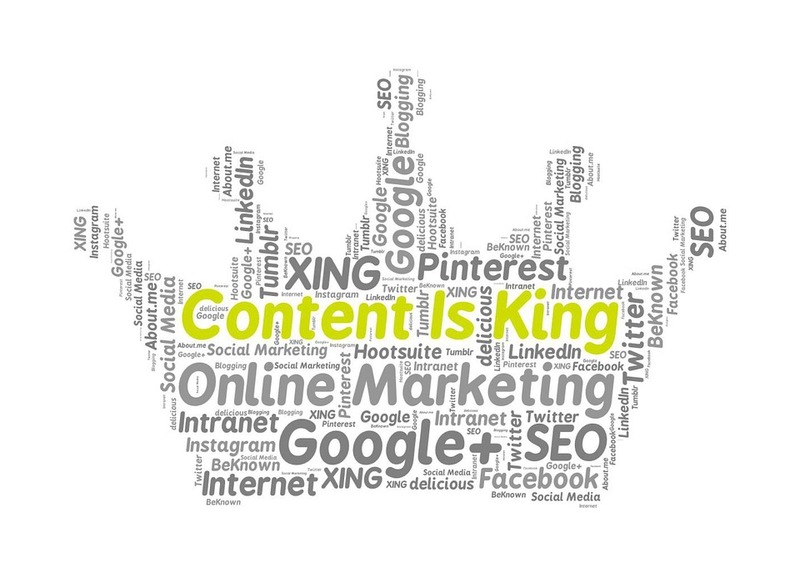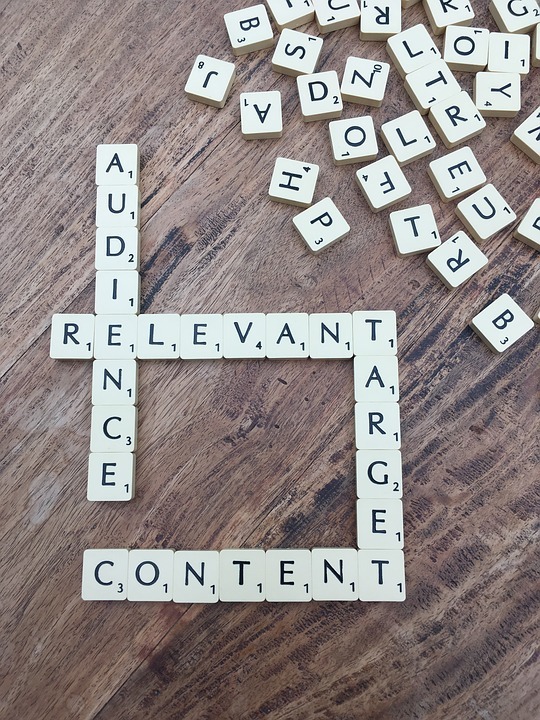
Very often web site owners try and write content that is "search engine friendly" and forget that it is actually going to be read by a human being. So, forget search engines and write for people, yes? As with many areas of SEO the truth is not quite as simple as that.
Web copy is scanned. Or glanced at. Not read.
One of the most common mistakes with copy-writing for the web is to assume that it should be approached in the same way as writing for print media. This can be a fatal error  for your web site. You must understand web browsing psychology in order to write great content. A key part of that is grasping that the reason that people are on your site is to find an answer to a question (what time are you open? How much is that product? What colours are available? etc.) and users will typically scan read pages to find that answer as quickly as possible. They have not dropped by to pick up a little light reading for their holiday! As such it is crucial to employ tactics that will aid in their search.
for your web site. You must understand web browsing psychology in order to write great content. A key part of that is grasping that the reason that people are on your site is to find an answer to a question (what time are you open? How much is that product? What colours are available? etc.) and users will typically scan read pages to find that answer as quickly as possible. They have not dropped by to pick up a little light reading for their holiday! As such it is crucial to employ tactics that will aid in their search.
So here are a few pointers to help you write great content:
Lay an Easy to Follow Trail
Remember that as users browse through your website they are looking for an answer, make sure the trail to that answer is obvious - things to think about are:
- Easy to follow, uncluttered navigation
- Clear "calls to action" such as using instructional links - Find Out More
- Use of clear headings
- Keep options to a minimum
Just as a hungry panther doesn’t like wasting time to catch it's meal, your web visitors don’t want to browse around your website for several long minutes to find what they’re after. They want to find it quickly. Like the panther makes a fast decision whether to follow a scent trail or not, your web visitor decides quickly whether your site is useful or not. So if your site looks complicated with a lot of options to choose from, they click away to check out another website.
Put Your Most Important Information First
Writing for the web is the opposite of writing a letter or a technical document - in most writing, such as an essay, you would lay out an introduction first, then you would discuss the topic and then finally draw your conclusions. On a web page you have to do the opposite - your most important points have to come first!
Information that’s most important to your web visitors is often a simple statement of what you do. Once they understand what you do, they might want to know some important details. And then – maybe they’d like to know some background information.
Journalists call this way of writing the inverted pyramid. In newspaper articles the most newsworthy information comes first before details and background information. Even if you only read the first paragraph of a newspaper story you still understand the big picture.
It’s the same on your website. Your customers want to know the big picture first. Basically: What do you do? Or what can you do for them?
Don’t Try to be Clever
It is very, very rare that a user will read every word on the page, they don't have time - they want what they came for and that's it!
Clever wording and literary tricks require people to "think" and asking people to think doesn't work where the web is concerned. So keep your web copy simple and easy to understand.
I know it might seem like we're advocating a "dumbed-down" website but if you keep in mind that you are writing for anyone to understand (even a 12 year old!) then you won't go far wrong.
Write for Scan Readers

Research suggests that only 16% of people read web pages word-for-word - most people scan read.
How can you write for scanners? Here's a check list:
- Does your headline communicate what you’re about?
- Does your image caption communicate a sales message?
- Do your sub headlines summarise your key points?
- Do easy-to-scan bullet points reduce wordiness?
Your web visitor is looking for an answer. Ensure they can understand your most important information by just glancing at your web page.
Keep it Simple
There are things called "Care Words" - unsurprisingly these are the words people care about, the ones we all use. For example if you were looking for a "cheap" holiday you are not going to search for "cost effective holidays" or "low cost shortbreaks". No, you'll search for "cheap holidays", just like everyone else does.
We often like to make ourselves sound better than we are. We try to embellish what we do. We try to sound scientific, fancy or special. But your web visitor is looking for familiar words – carewords – because that's what they were after in the first place and that tells them they are in the right place.
People are Lazy
- Use short paragraphs – four or five sentences max
- Use short sentences – twelve words on average
- Skip unnecessary words
- Avoid jargon and slang
- Avoid the passive tense
- Avoid needless repetition
- Address your web visitors directly—use the word you
- Shorten your text
Think About Landing Pages
Remember that people can land (arrive from a link somewhere else, such as Google) on ANY page on your site. Do NOT assume that they arrived on this page by following a logical path through your web site, like reading a book.

- Each page should be easy to scan;
- Each page should clarify to people where they are; and what your site is about;
- Each page should have a call to action telling people where to go next – to read another blog post, sign up for your email newsletter, check out a detailed product description or testimonial, request a quote or add a product to a shopping cart.
It's Not Just About Words
Remember that the copy on your page is not in isolation, it is in the context of the site as a whole - and web site are visual!
- Reinforce text with photographs or videos;
- Consider different font sizes/headings – think about people scanning large text first;
- Emphasise quotes of customers (or experts) to add credibility;
- Play around with highlights, bold text, CAPS, or italics;
- Break a long headline into a headline with a sub headline;
- Change paragraphs into bullet points.
If you do have any questions please don't hesitate contact us.
